Name: Matt Jaworski
Location: Kuala Lumpur, Malaysia
Occupation: Co-founder & Chief Technical Officer @ PeepSo.com
Room size: 14 m² (150 ft²)
Cost of the setup: ~$15k including the furniture
Website: PeepSo.com
Hey, Matt! Tell us a bit about yourself
I come from a web developer background. I was a freelancer & digital nomad for the majority of my career.
In 2017, my best friend and I incorporated PeepSo.com in the US, and since then I’ve been working on my own business.
I’m usually OK working just from one laptop screen — which is kind of a requirement for a digital nomad — but given the pandemic, I spend much more time at home than I used to, so I decided to get comfortable and build an office for me and my girlfriend.
Can you describe your home setup?
| Item | Model |
|---|---|
| Monitor | 2× Dell P2415Q |
| Laptop | MacBook Pro |
| Keyboard | Apple Magic Keyboard |
| Mouse | Apple Magic Trackpad |
| Chair | IKEA LÅNGFJÄLL |
| Desk | IKEA MICKE |
The main driver of my entire setup is a late 2018 MacBook Pro 15″.
Being pretty much the best MacBook available in Apple’s built-to-order offer then, it sports 32GB of RAM and a dedicated graphics card, so in laptop terms, it’s an absolute beast, and usually has more computing power than I need.
That’s the only piece of hardware I need to do my job, and the rest is just hardware that makes it easier and/or faster.
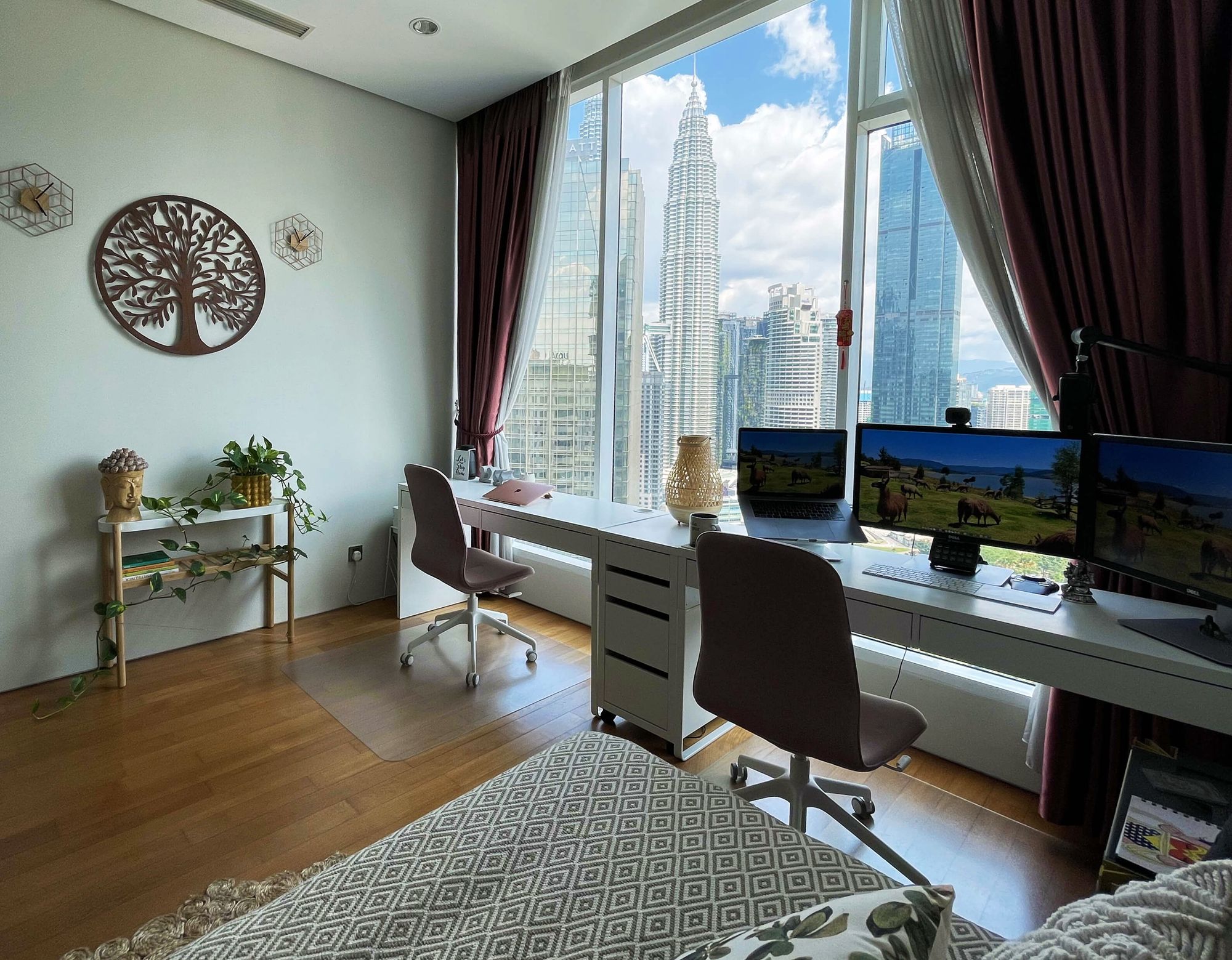
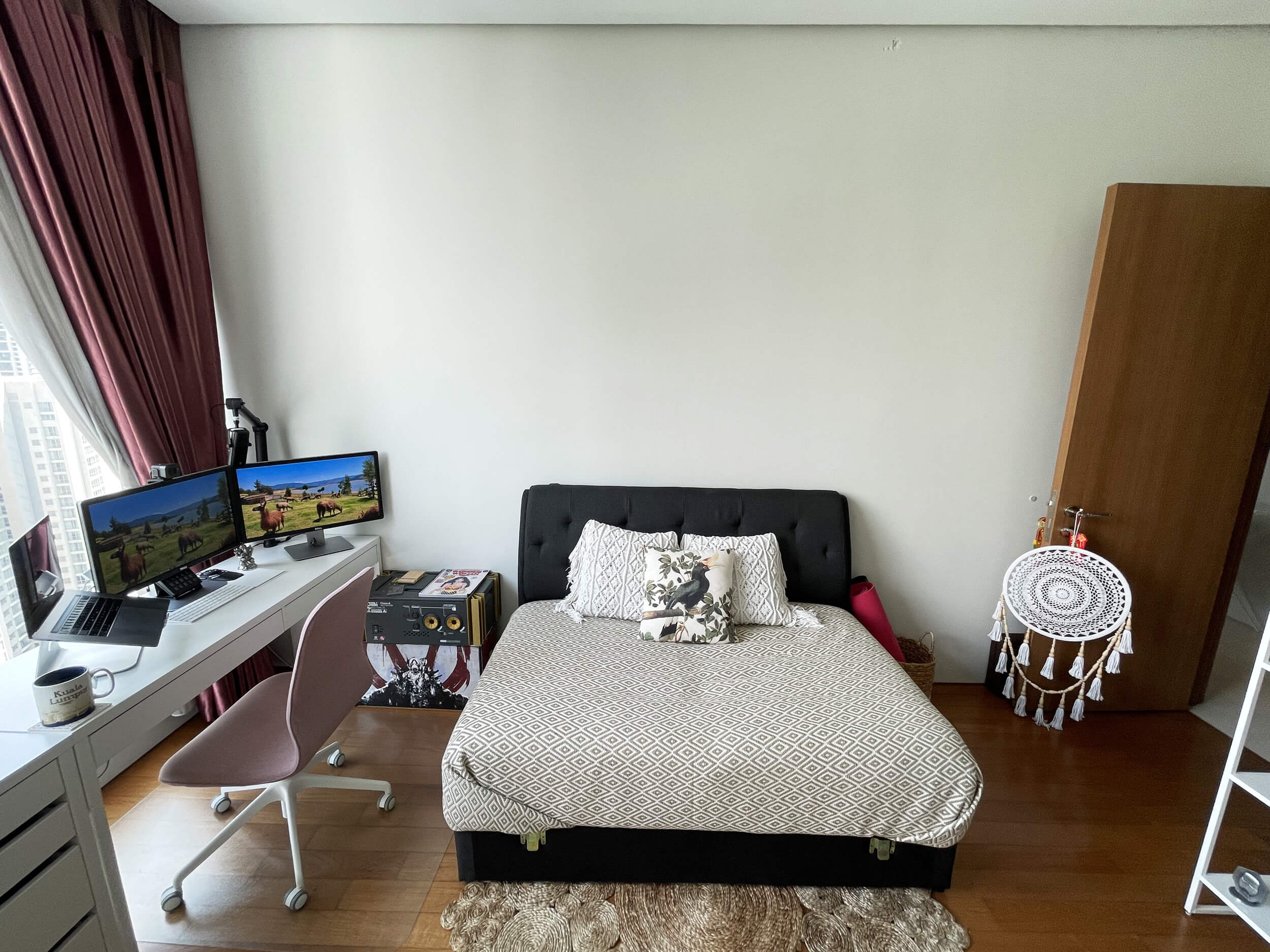
Matt says that he bought all the displays and other accessories on the local analogue of Amazon. Most of his furniture come from IKEA including the Micke desk and the Langfjall chair
This room was originally our “hippie room” where we did yoga, read books, meditated, etc. It always had a strong “Bali vibe” going on.
So when we decided to add an office aspect to it, we tried to maintain the style — hence the white furniture and pastel-coloured chairs. It seems to have worked, and the room is still big enough to roll out the yoga mats.
It took about a week to complete everything since it was an impulse decision to build a home office before the pandemic renders my “work and travel” and “go to a cafe and work from there” lifestyle impossible.
The biggest challenge was my attention to detail, as I hate looking at cables, and all these devices do have a lot of them. Fortunately, I discovered Velcro-based cable ties!
What’s your favourite item on your desk?
It’s a small statue of the Hindu deity Ganesha, which I received as a gift from my girlfriend.
He is widely worshipped across Asia and believed to be a “remover of obstacles” and a patron of science and wisdom.
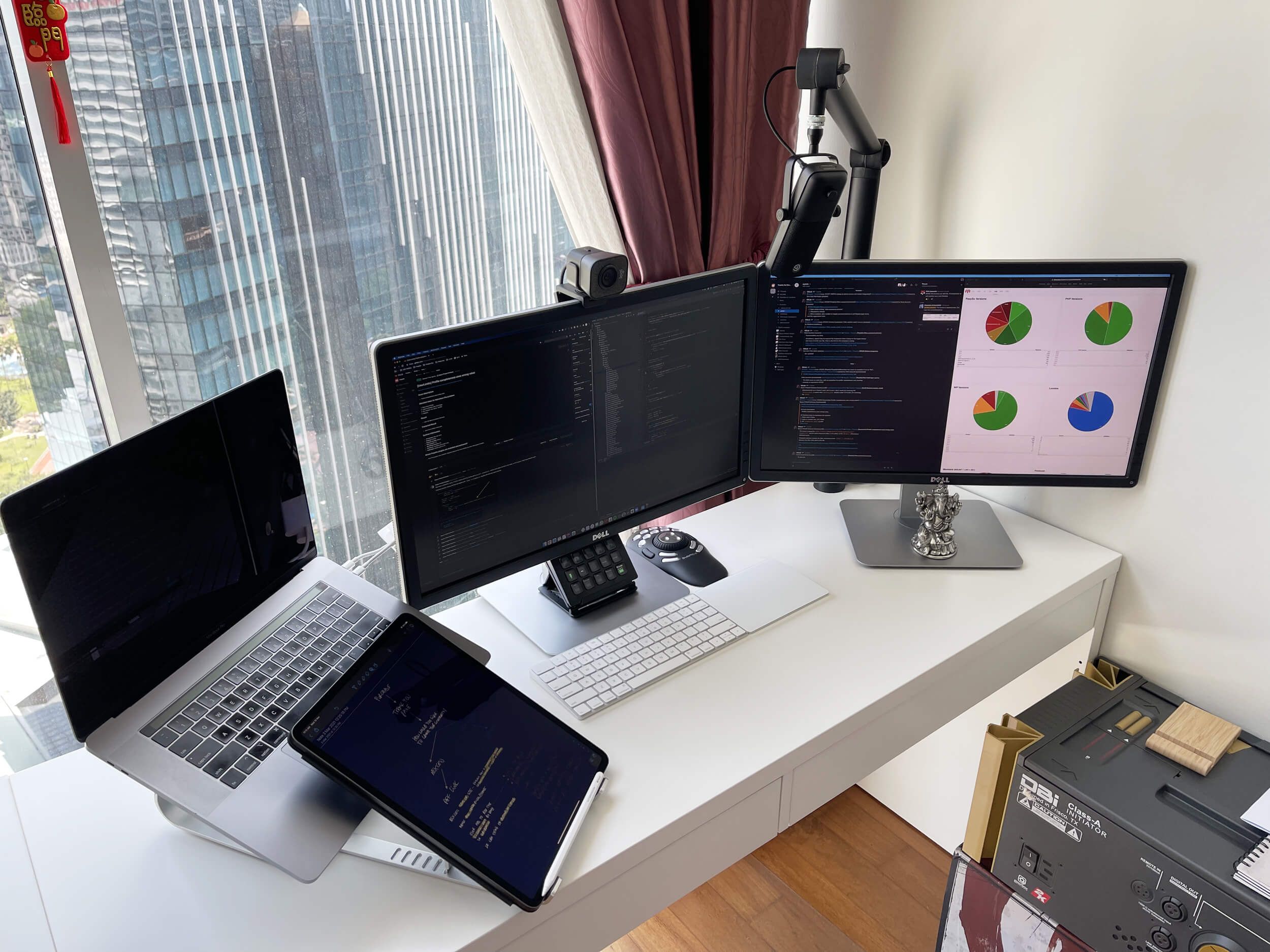
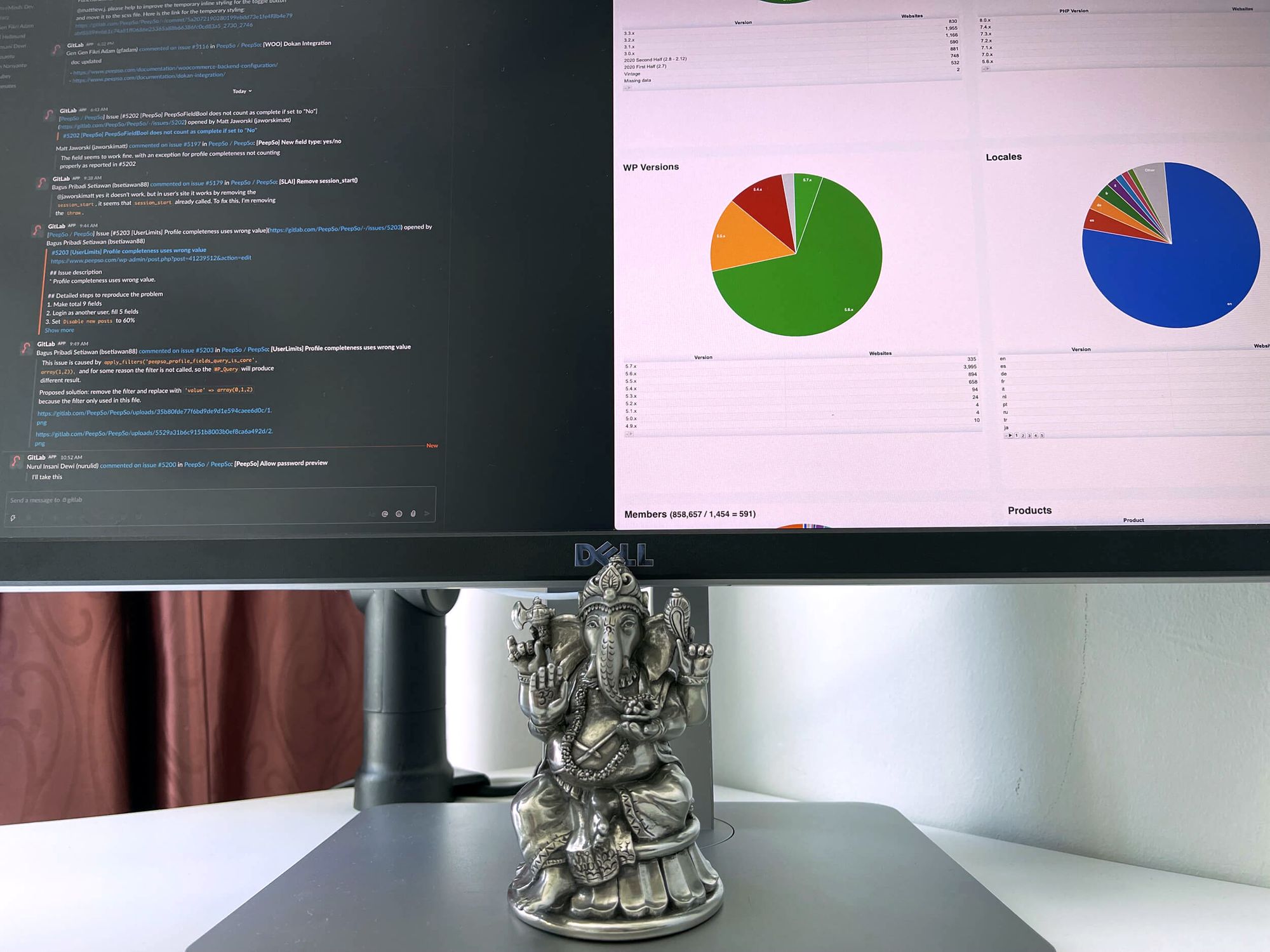
Ganesha (or Ganesh) goes by different names. Some of them are Vinayaka, Krishnapingaksha, Pillaiyar and many others. His large ears help him hear the needs of people
We have quite a few Ganeshas in our home, but the statue on my desk is made of pewter — a tin alloy very typical to Malaysia.
So it not only helps me run my business, but it also will remind me of Malaysia once I move to a different country.
What does your typical day look like?
As a CTO, my job is the day-to-day product development — I manage the development team and the general direction our product moves in.
I define new features, improvements, accept (or reject) bug reports/feature requests, prioritise them and assign tasks to sprints — two-week periods in which we code, test and release a new version.
I also write a fair share of the code myself, but much less than I used to.
I keep an eye on the general IT operations of the company, although the majority is delegated to actual server admins. We own a couple of servers, and I like to know what’s going on there in general.
As a business owner, I also deal with human resources (hiring, salaries, raises, bonuses), business intelligence (sales & client analytics), and to a lesser extent marketing — the video recording hardware in my desk is intended for me to start recording some short tutorials about our own software.
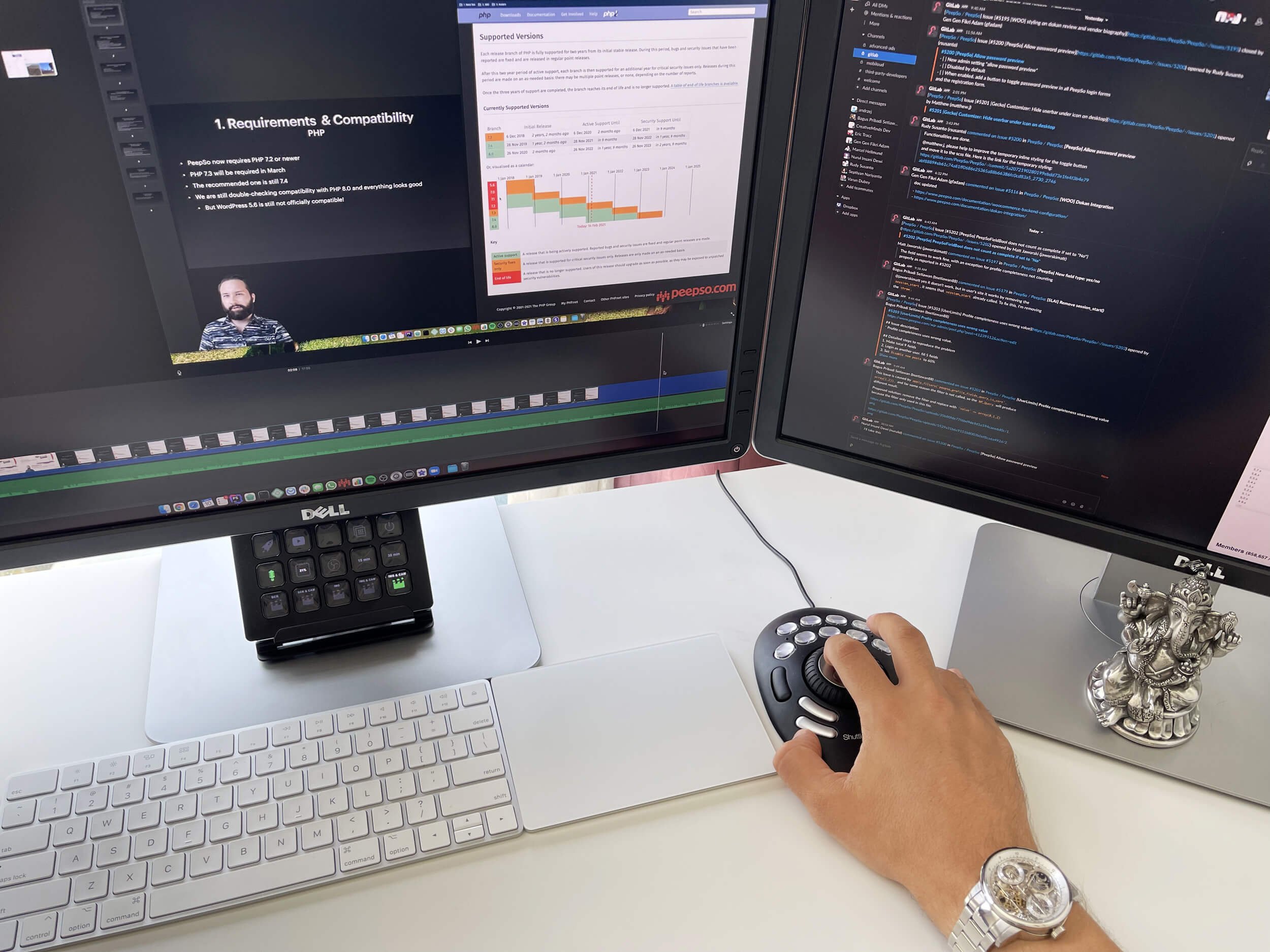
I’d say on average I spend maybe 5-6 hours at my desk every day, as it tends to vary from day to day.
I rarely pull a solid 8 hours at work, but since my best friend is my business partner and I am always on call “just in case” I never really leave work.
I have been working from home for 16 years now, and a proper digital nomad for 7 years.
The biggest impact the coronavirus had on the way I work is the fact that I actually work from home much more. I used to travel with my laptop a lot, or take it to co-working spaces, coffee places, etc.
Ironically, I am one of the few people for whom switching to WFH is not really an improvement. Fortunately, when all this is over, I will never have to come back to an office, as I never had one!
Your tips for working from home?
I like to maintain a schedule, to have some boundaries between “work” and “home”.
I wake up daily at 6:30 am, which is more or less the time of the sunrise around here. I always sleep solid 8 hours a day, so I am usually in bed before 10 pm.
The first thing I do in the morning is fire up the coffee machine. After a few sips of espresso, I either go running or do yoga, sometimes both.
I don’t like to check my phone or any other networked device before I am done with that, so usually, the first app I ever open is Spotify, when running, or DownDog, when doing yoga.
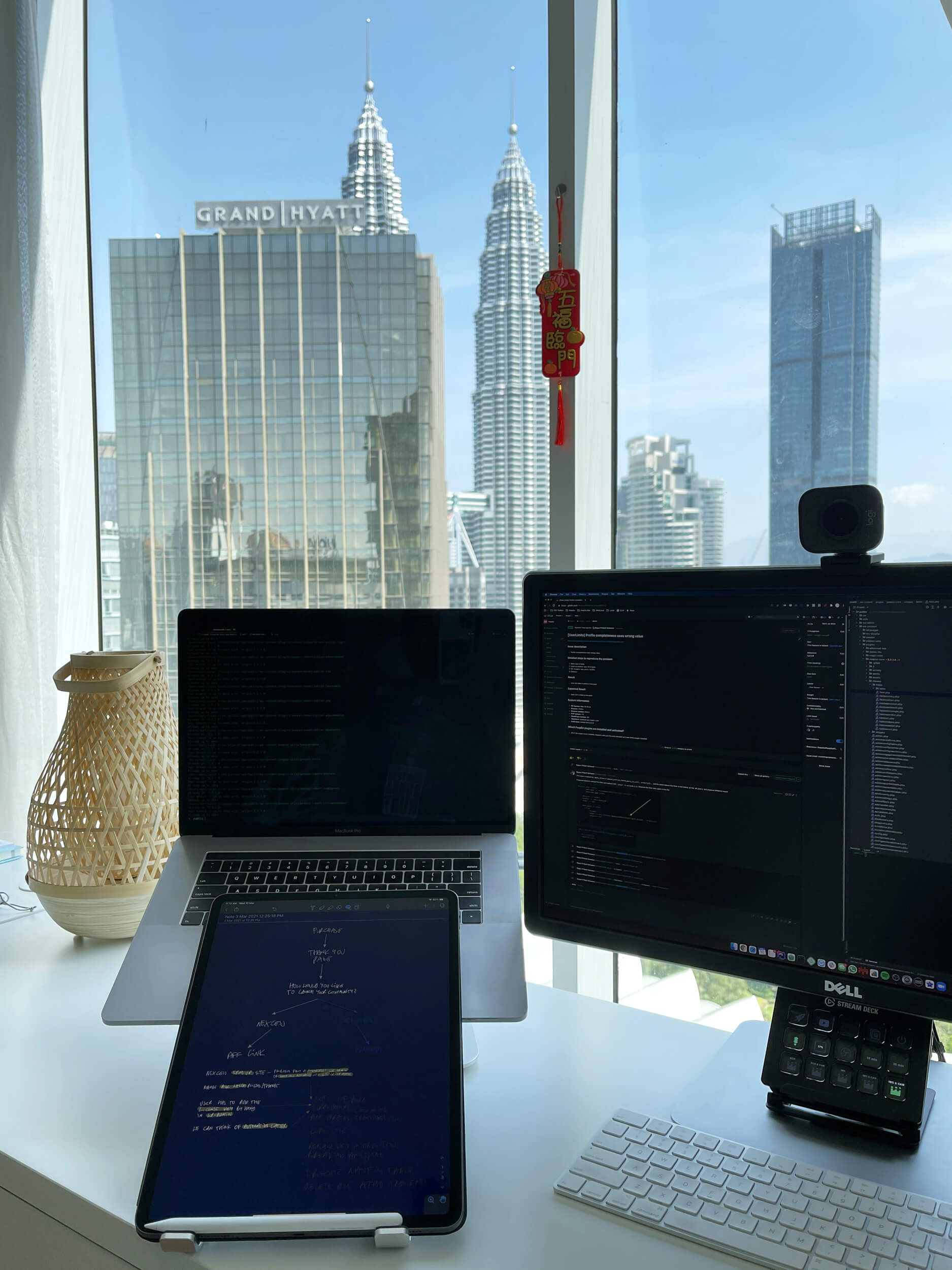
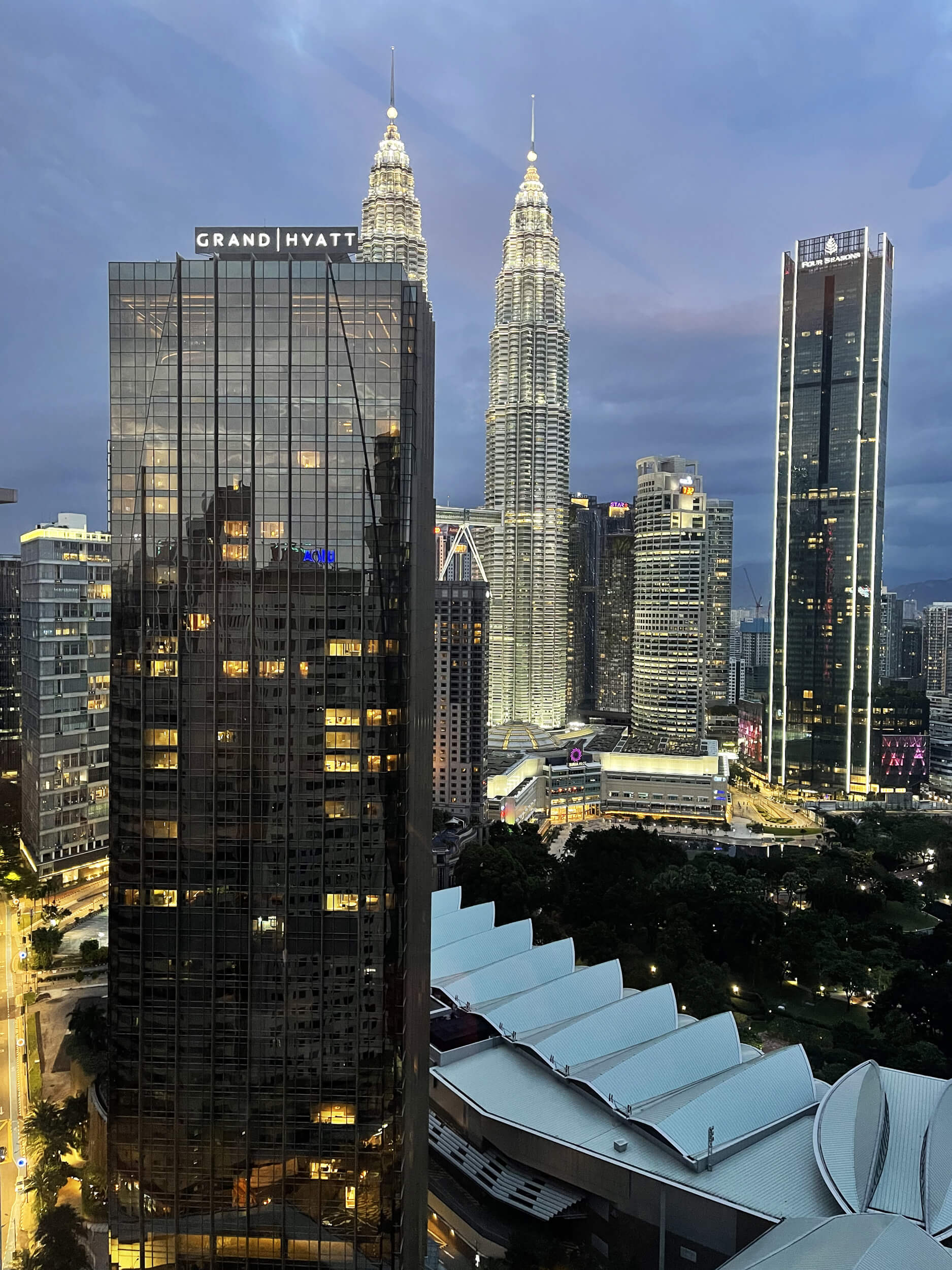
Matt’s workspace has a view of the Kuala Lumpur City Centre (KLCC). This area is famous for fashion malls and luxury hotels, as well as the Petronas Twin Towers, standing 452 meters tall each
I usually avoid work until around 8-9 am, then take a lunch break around 12-2 pm and keep working until at least 3-4 pm. The hours are flexible, but more or less the same.
It’s especially important since running a business has a way of creeping into my free time, especially when my best friend is your business partner, and work can pop up in virtually any conversation.
Juggling all my various responsibilities comes rather easy for me. When I am not doing anything extremely demanding, like actually writing code, I am good at multitasking — especially with three screens in front of me.
When I need to focus, I simply switch to “away” on Slack, silence all notifications and have my period of “deep work” fully focused on code.
That’s the only advice I can give when it comes to focusing and getting things done — have a block of at least a couple of hours where you don’t do anything else than the task at hand.
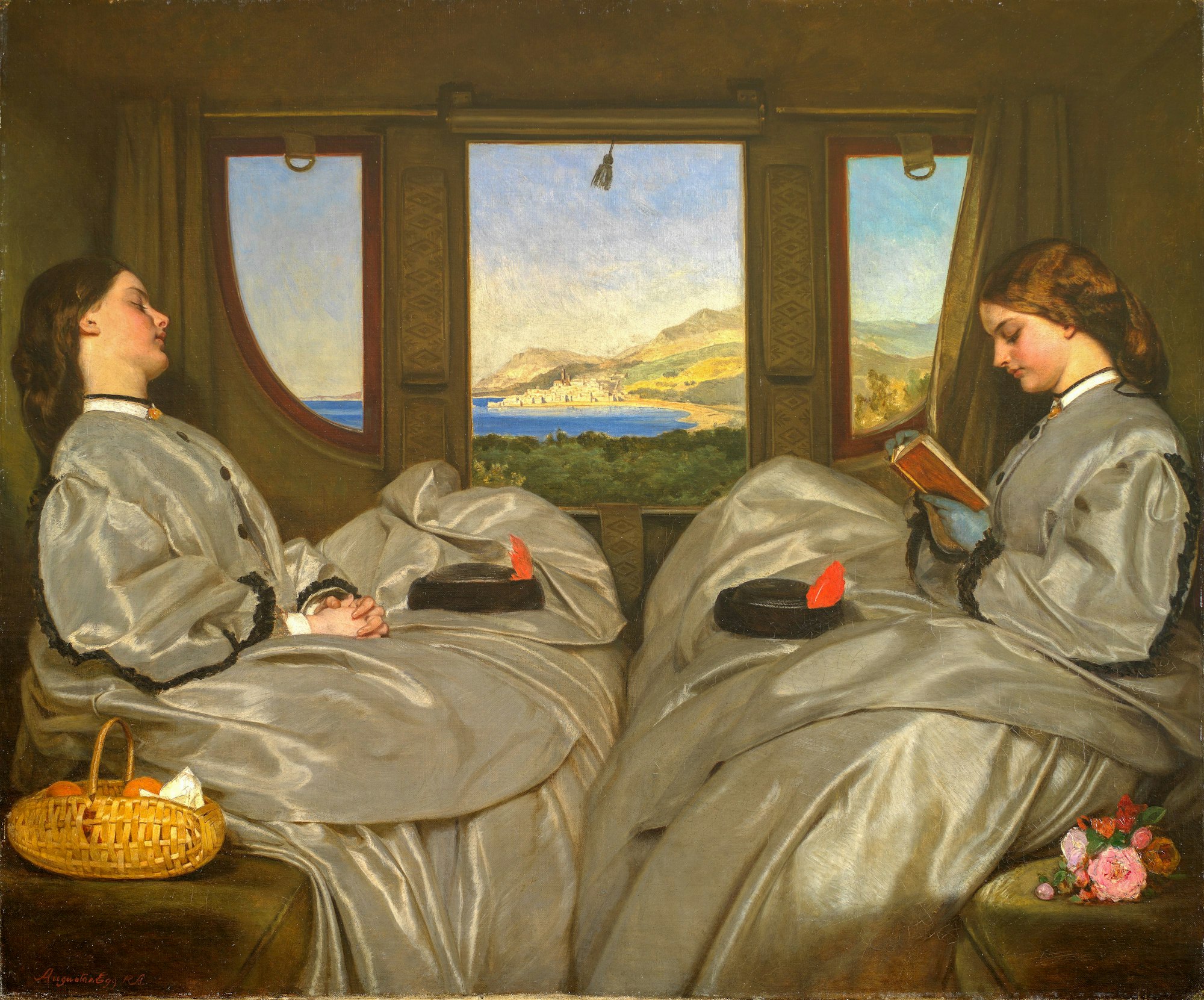
We’re a reader-supported publication. This article might contain affiliate links. It means we may receive a commission if you click a link and buy a product that our maker has recommended. The interview was done independently.









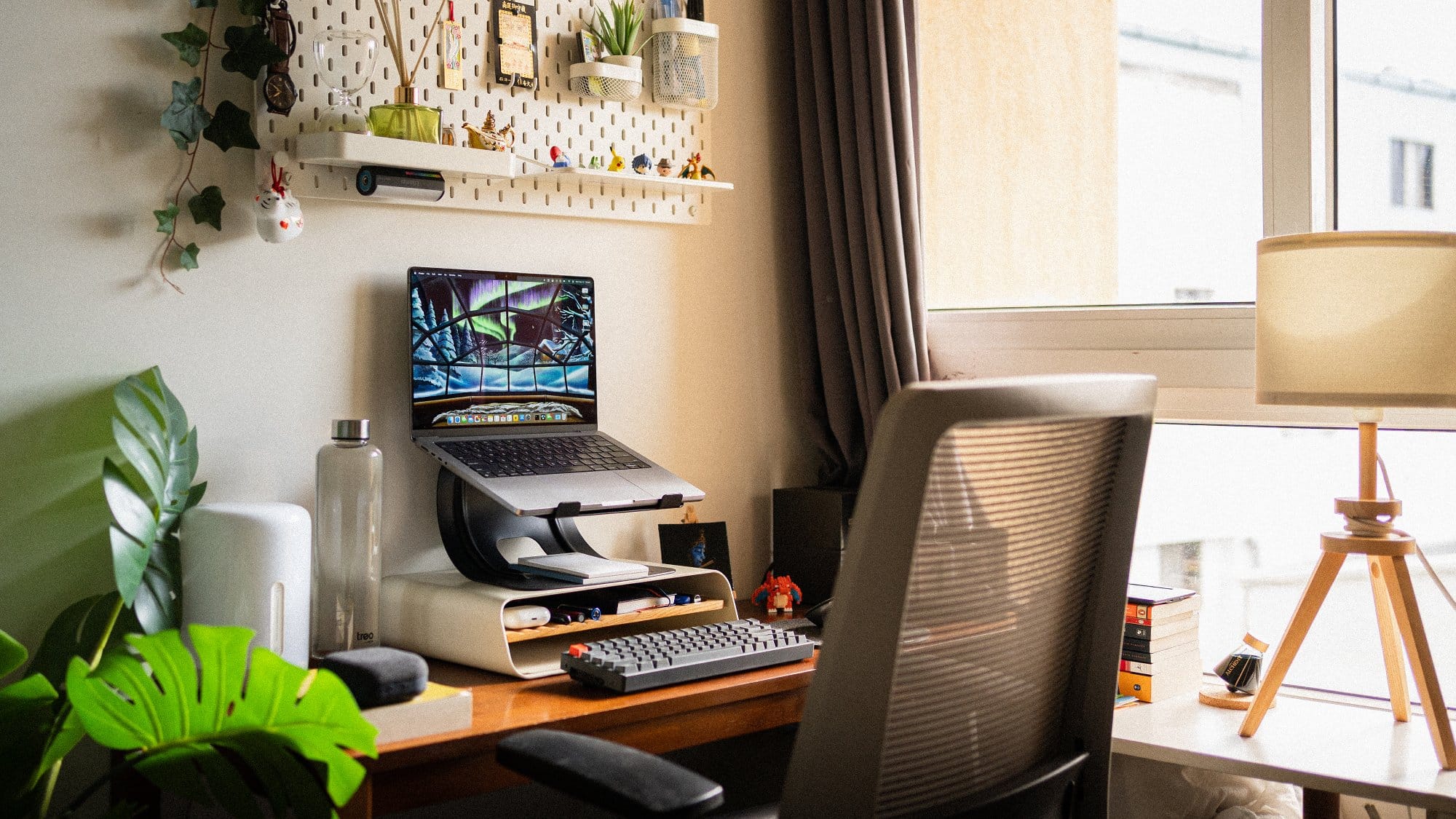
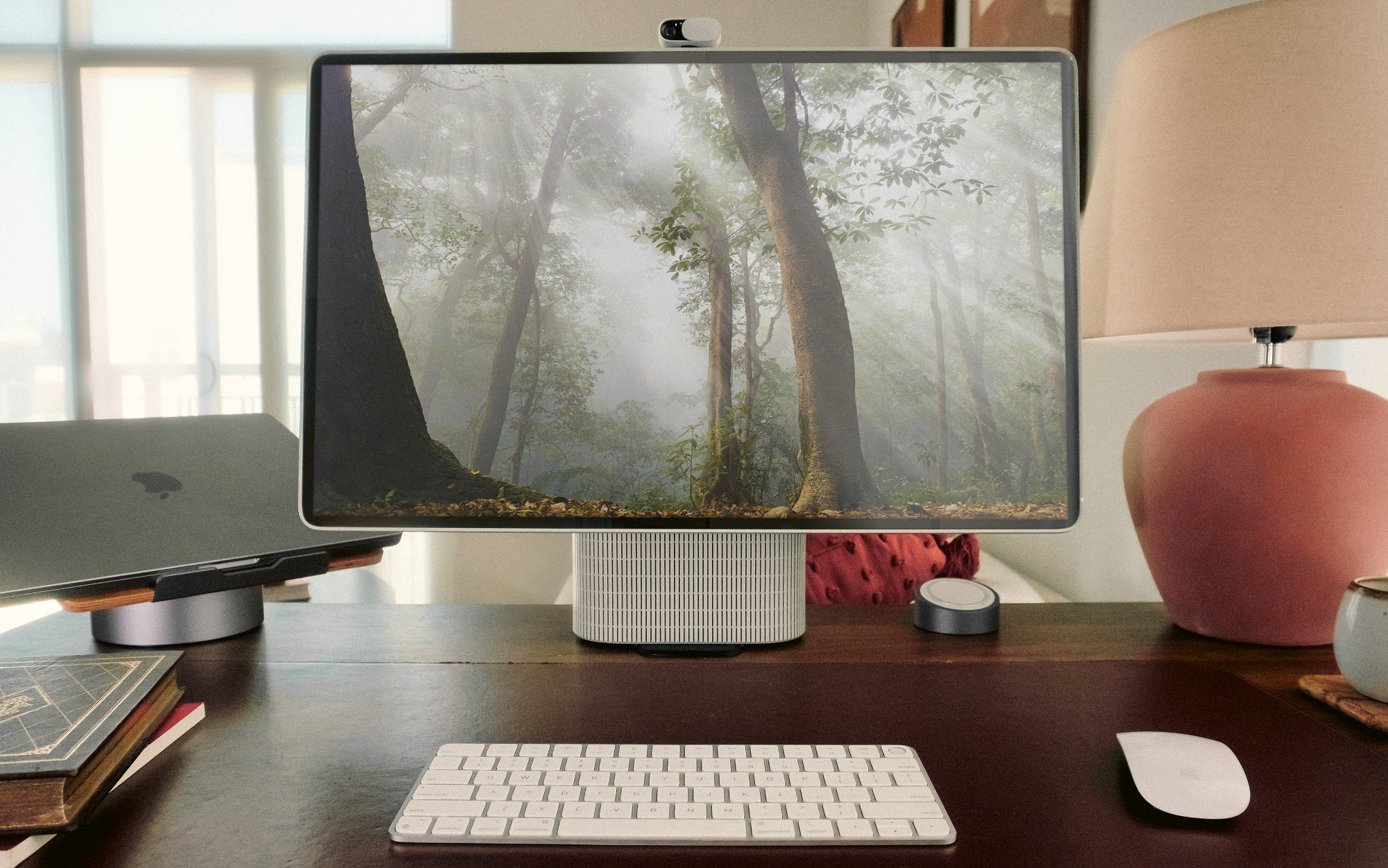
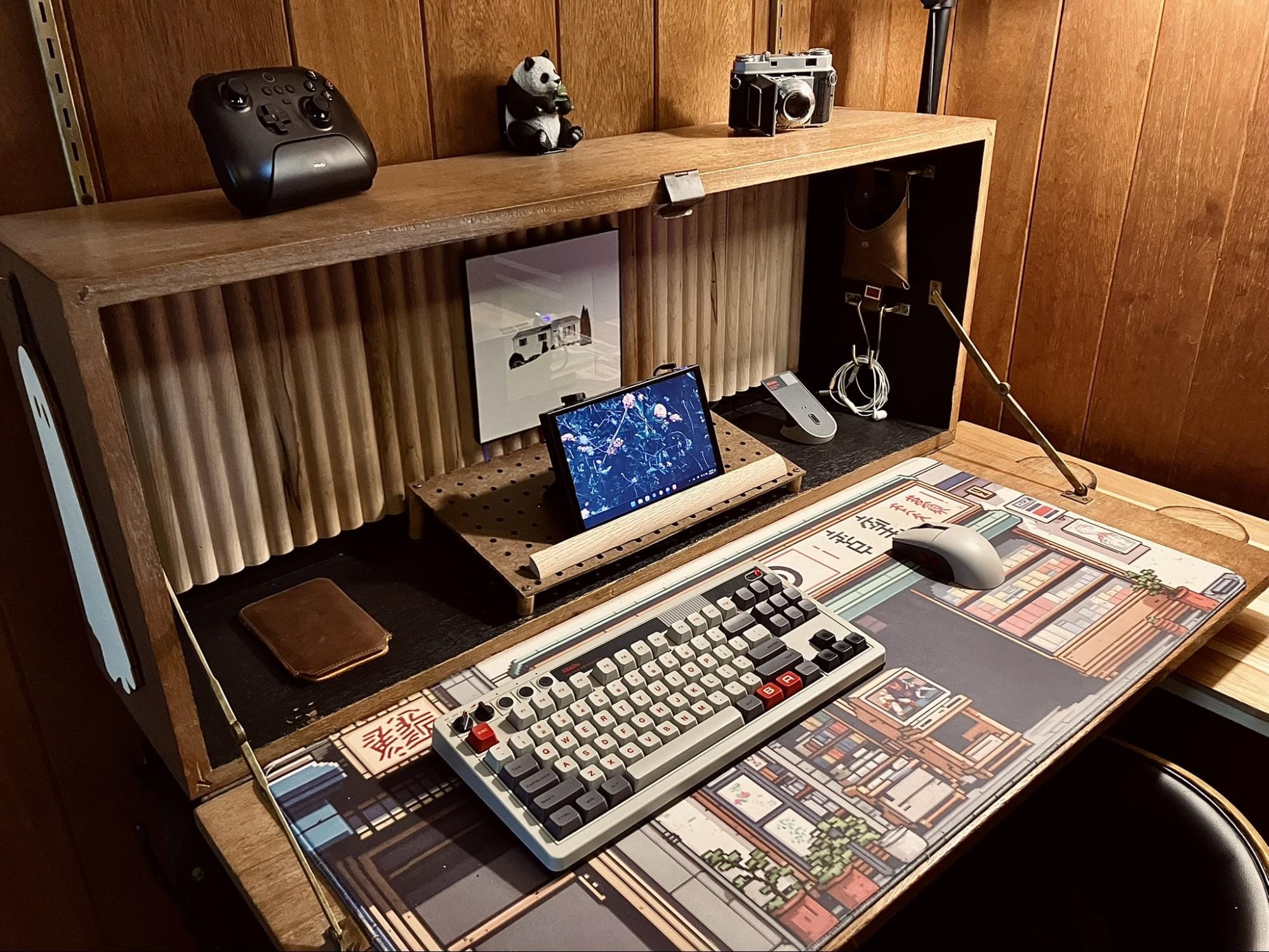


Discussion